 |
KWSN Orbiting Fortress
KWSN Distributed Computing Teams forum
|
| View previous topic :: View next topic |
| Author |
Message |
Duke of Buckingham [TeaM]
Prince

Joined: 11 Jun 2011
Posts: 670
Location: Lisboa
|
 Posted: Thu Mar 08, 2012 11:45 am Post subject: Best Pictures Posted: Thu Mar 08, 2012 11:45 am Post subject: Best Pictures |
 |
|
Pictures We Love: Best of January 2012

Suspiciously Quiet
Photograph by Dean Lewins, European Pressphoto Agency
A plush penguin toy gets a genuine penguin grooming in Antarctica on January 13—just one of the National Geographic Digital Media photo editors' favorite pictures from January.

Rings of Fire
Photograph by Gemunu Amarasinghe, AP
A fire dancer performs in an annual Buddhist procession in Kelaniya-near Colombo, Sri Lanka-on January 8. Hundreds of traditional dancers, drummers, and monks take part in the Duruthu Perahera, or Kelani Procession, one of the country's biggest festivals. Commemorating a visit by the Buddha to Kelaniya Temple, the event takes place before the full moon each January. (See more Sri Lanka pictures.)
Buddhism is the dominant religion in Sri Lanka. The tropical island, formerly known as Ceylon, lies close to the southern tip of India.

Capsized Concordia
Photograph by Gregorio Borgia, AP
Italian navy divers approach the cruise ship Costa Concordia on January 17—four days after the luxury liner ran aground near the Italian island of Giglio. Capt. Francesco Schettino is accused of causing the wreck after navigating the ship dangerously close to the island, where contact with the reef tore its hull.
Seventeen people are confirmed dead, according to the Associated Press, which reported that Italian officials have now called off the search in the submerged part of the ship for 16 people who remain missing, citing safety concerns.

Wish U Were Here
Photograph by Brandon Smith, Your Shot
New Year's revelers welcome 2012 with kisses—and mobile devices—in a picture taken in Los Angeles.

The Red and the Black
Photograph by Ben Bronselaer, Your Shot
A southern ground hornbill glowers from this picture submitted to National Geographic's Your Shot in January. Native to sub-Saharan Africa, the species can climb trees in pursuit of prey. In flight, it can reach up to 18 miles (29 kilometers) an hour.

Watertight
Photograph by Robin Utrecht, European Pressphoto Agency
A man keeps an eye on rising water from inside his home in Dordrecht in the Netherlands on January 5, 2012.
Heavy rains in early January threatened dikes and forced the evacuation of hundreds, according to Reuters. More than 1,491 miles (2,400 kilometers) of dikes shield the low, flat land of the country—almost half of which lies below sea level.

Through the Fire
Photograph by Daniel Ochoa de Olza, AP
A man rides a horse through a bonfire in San Bartolome de Pinares, Spain, on January 16, 2012. On the eve of each St. Anthony's Day, hundreds in the small village ride horses through the streets in honor of the patron saint of domestic animals.
Called the Luminarias, the tradition dates back 500 years. Riding a horse through a bonfire is believed to purify the animal and protect it in the year to come.

In Stitches
Photograph by Kevin Frayer, AP
The services of a streetside tailor prove useful to a man with damaged pants in New Delhi, India, on January 19, 2012.

Cry of Protest
Photograph by Sarah Rice, Getty Images
Black material stretched over their faces, a group of performers makes its way among the Occupy Wall Street West protests in San Francisco's financial district on January 20, 2012. Protesters were rallying at the Ninth Circuit Court of Appeals, where they delivered a proposed 28th amendment to the U.S. Constitution that would outlaw "corporate personhood."

Train of Thought
Photograph from AFP/Getty Images
Train passengers in Beijing wait to return home for the Lunar New Year, or Spring Festival, on January 8. Train service is provided to migrant workers by the local government.
The world's largest annual migration of people takes place in China each January, when more than 200 million people travel home for New Year's celebrations.

Photograph by Rahul Talukder, My Shot
Published February 1, 2012
_________________
Friends are like diamonds and diamonds are forever.
Together we stand - Divided we fall. |
|
| Back to top |
|
 |
Duke of Buckingham [TeaM]
Prince

Joined: 11 Jun 2011
Posts: 670
Location: Lisboa
|
 Posted: Sun Mar 11, 2012 3:57 am Post subject: Posted: Sun Mar 11, 2012 3:57 am Post subject: |
 |
|
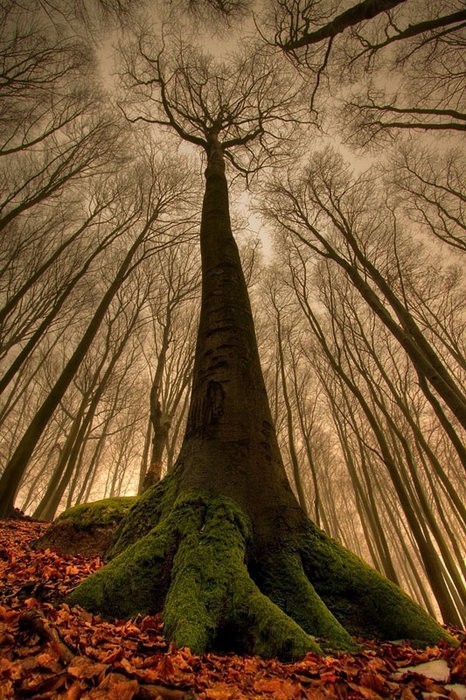
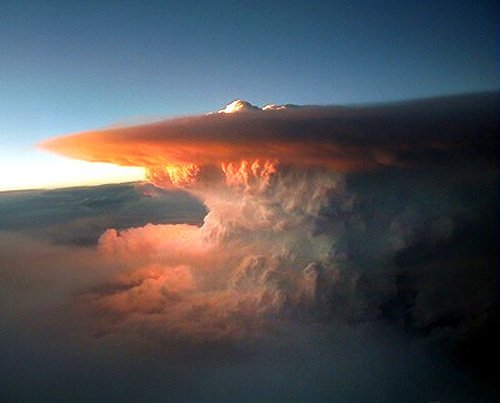







_________________
Friends are like diamonds and diamonds are forever.
Together we stand - Divided we fall. |
|
| Back to top |
|
 |
Sir Papa Smurph
Cries like a little girl


Joined: 18 Jul 2006
Posts: 4430
Location: Michigan
|
 Posted: Sun Mar 11, 2012 8:08 am Post subject: Posted: Sun Mar 11, 2012 8:08 am Post subject: |
 |
|

_________________
a.k.a. Licentious of Borg.........Resistance Really is Futile.......
and a Really Hoopy Frood who always knows where his Towel is...
  |
|
| Back to top |
|
 |
Duke of Buckingham [TeaM]
Prince

Joined: 11 Jun 2011
Posts: 670
Location: Lisboa
|
 Posted: Sun Mar 25, 2012 2:49 am Post subject: Posted: Sun Mar 25, 2012 2:49 am Post subject: |
 |
|
2010 Pictures

Earthquake in Haiti
Photograph by Shaul Schwarz / Reportage / Getty Images for TIME
The devastating January 12 quake registered 7.0 on the Richter scale.

Mourning
Photograph by Mark Wilson / Getty Images
On April , a gas explosion at the Upper Big Branch mine in Montcoal West Virginia claimed the lives of 29 men. Miner Terry Cooper and his family, above, mourn their deaths.

Fire in the Sky
Photograph by Reuters
Firefighters approach an oil pipeline blast site in Dalian, China, July 17.

Volcanic Eruption in Iceland
Photograph by Whitehotpix / Zumapress.com
The ash spewed by the volcano on Eyjafjallajö kull glacier clouded the skies over the U.K. and western Europe, shutting down air travel for six days in April. This photograph, made by an amateur photographer, captures the scene over the glacier in the first few hours of the volcano's increased activity.

The Chilean Miners are Discovered
Photograph by Reuters
Florencio Avalos, one of 33 miners trapped in a copper and gold mine in Copiapó, Chile, peers into the video camera that had been lowered through a shaft drilled into the chamber where the men had sought safety after a cave-in. Rescuers succeeded in finding the men 17 days after the section of the mine they were working in collapsed on August 5.

Nameless Victim
Photograph by Charlie Riedel / AP
A laughing gull mired in oil from the Deepwater Horizon oil spill struggles against the tide on East Grand Terre Island, LA, six weeks after the rig collapsed in April.

Oily Mess
Photograph by Benjamin Lowy / Reportage/ Getty Images
Crude oil from the Deepwater Horizon spill floats on the surface of the water in the Gulf of Mexico in June.

Blast Walls
Photograph by Peter van Agtmael / Magnum for TIME
Cement barriers line a street at Camp Liberty, in Baghdad, Iraq.

Displaced
Photograph by Daniel Berehulak / Getty Images
A man and boy flee before advancing floodwaters in Punjab, Pakistan, August 22. Flooding that began in Pakistan in July spread south through August, washing out millions of acres of farmland.

Important Delivery
Photograph by Ahmad Masood / Reuters
A donkey transports ballot boxes to villages unreachable by car in Panjshir province, Afghanistan, on September 17, one day prior to an election for the Afghan parliament.

Southern Sudan
Photograph by Cedric Gerbehaye / Magnum Foundation Emergency Fund / Agence VU
A young Dinka boy stands in a camp in Southern Sudan. The region will vote in early 2011 in a referendum that is almost certain to give it independence.

Not So Little Green Men (and Women)
Photograph by Menahem Kahana / AFP / Getty Images
Dancers perform during the opening ceremony of the 16th Asian Games in Guangzhou, China, in November.

Uprising in Kyrgyzstan
Photograph by Vladimir Pirogov / Reuters
Protesters tackle a riot policeman and attempt to take the rocket-propelled grenade strapped to his back. In several days of rioting, protesters demonstrated against the policies of President Kurmanbek Bakiyev, who ultimately fled the capital.
_________________
Friends are like diamonds and diamonds are forever.
Together we stand - Divided we fall. |
|
| Back to top |
|
 |
Duke of Buckingham [TeaM]
Prince

Joined: 11 Jun 2011
Posts: 670
Location: Lisboa
|
 Posted: Sun Apr 15, 2012 8:10 am Post subject: Posted: Sun Apr 15, 2012 8:10 am Post subject: |
 |
|
[center][size=14pt]Photo of the Day: Best of March 2011[/size][/center]

Kung Fu Master, China
Photograph by Fritz Hoffmann, National Geographic
Buddhist monk and kung fu master Shi Dejian (above) and his disciples hauled bags of cement and roof tiles up steep mountain paths to build an isolated retreat (in background) away from the tourist crowds at the Shaolin Temple.

Hang En Cave, Vietnam
Photograph by Carsten Peter, National Geographic
Going underground, expedition members enter Hang En, a cave tunneled out by the Rao Thuong River. Dwindling to a series of ponds during the dry months, the river can rise almost 300 feet (91 meters) during the flood season, covering the rocks where cavers stand.

Catacombs, Paris
Photograph by Stephen Alvarez, National Geographic
In a sandy chamber known as the "beach," a wave rolls across a wall painted (and repainted) by cataphiles in the style of Japanese printmaker Hokusai. Such works can take hundreds of hours—the painting but also the carrying in of supplies.

Sunken Ship, Key Largo
Photograph by David Doubilet, National Geographic
Upholstered with luminous sponges and corals, the bridge of the U.S. Coast Guard Cutter Duane attracts schools of smallmouth grunts—and divers. The ship was intentionally sunk in 1987 off Key Largo to create an artificial reef 120 feet (36 meters) deep.

Kogershin Village, Kazakhstan
Photograph by Vincent J. Musi, National Geographic
A woman milks a mare in the village of Kogershin in southern Kazakhstan. Recent archaeological studies have shown that the Botai people of the Eurasian steppes were the first to actively domesticate horses, 5,500 years ago.

Machu Picchu
Photograph by Robert Clark, National Geographic
Perched high in the Peruvian Andes, the royal retreat of Machu Picchu testifies to the Inca's masterful building skills with its precision-cut stones and perfectly placed cascades of terraces.

Valley of Ten Thousand Smokes, Alaska
Photograph by Michael Melford, National Geographic
In the Valley of Ten Thousand Smokes a stream carves a canyon through rock formed during the 1912 eruption of nearby Novarupta Volcano. The snowcapped peaks are Mount Griggs and Mount Katmai (far right), part of an active system of ten volcanoes surrounding the valley, a hundred miles south of the proposed Pebble mine.

Diprotodon Tracks, Australia
Photograph by Amy Toensing, National Geographic
On a drying lake bed in Victoria, a farmer in 2007 alerted scientists to a major find: well-preserved tracks of a Diprotodon. The slow-moving behemoth had been crossing a volcanic plain 100,000 years ago, when megafauna still walked tall.

Pagoda Forest, China
Photograph by Fritz Hoffmann, National Geographic
"Gained merit in battle" reads the epitaph of two of the 231 eminent Shaolin monks honored with shrines in the Pagoda Forest. The number of layers in a shrine reflects a monk's virtue; his bones, and often those of disciples, are buried below.

Bristol Bay, Alaska
Photograph by Michael Melford, National Geographic
"We love our fish!" says Ina Bouker, a Yupik native and teacher from Dillingham who opposes the mine. "The salmon always run. But if their habitat is destroyed, they will not come back."
_________________
Friends are like diamonds and diamonds are forever.
Together we stand - Divided we fall. |
|
| Back to top |
|
 |
Duke of Buckingham [TeaM]
Prince

Joined: 11 Jun 2011
Posts: 670
Location: Lisboa
|
 Posted: Wed May 16, 2012 9:05 am Post subject: Posted: Wed May 16, 2012 9:05 am Post subject: |
 |
|

_________________
Friends are like diamonds and diamonds are forever.
Together we stand - Divided we fall. |
|
| Back to top |
|
 |
Mifun
Duke


Joined: 08 Jan 2012
Posts: 265
Location: Russia
|
 Posted: Wed May 16, 2012 3:57 pm Post subject: Posted: Wed May 16, 2012 3:57 pm Post subject: |
 |
|


I made it at my Summer Fortress.
_________________
 |
|
| Back to top |
|
 |
Duke of Buckingham [TeaM]
Prince

Joined: 11 Jun 2011
Posts: 670
Location: Lisboa
|
 Posted: Sat May 19, 2012 7:41 am Post subject: Posted: Sat May 19, 2012 7:41 am Post subject: |
 |
|
Very nice pictures Mifun.

Marmalade Skies
Composite photograph courtesy NASA
Astronaut Don Pettit recently created this psychedelic scene using a stationary camera aboard the International Space Station, about 240 miles (386 kilometers) above Earth.
The digital composite includes 18 images stacked together to show star trails wheeling through Earth's "airglow"—light spawned by various chemical interactions in the upper atmosphere.

Ghostly Eye
Image courtesy Caltech/NASA
A newly released image from NASA's Galaxy Evolution Explorer (GALEX) shows the ultraviolet glow of the Helix nebula, also called NGC 7293.
The object is what's known as a planetary nebula, which is made from the gas and dust left over after a sunlike star dies. The dense core of the star, called a white dwarf, sits at the center of this eerie cosmic "eye."

Glacial Tapestry
Image courtesy Jesse Allen and Robert Simmon, USGS/NASA
Seen in a false-color NASA satellite picture snapped in 2011, the Columbia glacier (deep blue) flows into a narrow inlet, which leads into Prince William Sound in southeastern Alaska. The region is rimmed by vegetation (green) and exposed bedrock (brown).
The glacier has been rapidly retreating since 1980, according to NASA. Satellite images of the region—including this one—show that between 1986 and 2011, the extent of the ice shrunk by more than 12 miles (20 kilometers).

Rings of Andromeda
Image courtesy Caltech/NASA
Blue-white rings create a cosmic bull's eye in this new ultraviolet picture of the Andromeda galaxy, the Milky Way's largest galactic neighbor, which sits about 2.5 million light-years away.
Although the galaxy appears like a familiar spiral in visible light, the ultraviolet view—from NASA's Galaxy Evolution Explorer (GALEX)—shows the ring-like shapes also seen in infrared images.
Astronomers think the rings are evidence that Andromeda collided with another neighbor, the galaxy M32, more than 200 million years ago.

Lifting the Veil
Photograph by Erick Montero, Your Shot
Dark clouds drift across a waning gibbous moon on May 10, as seen in a picture snapped from San Jose, California and submitted to National Geographic's Your Shot.
According to photographer Erick Montero, the region was too cloudy for people to see the previous week's supermoon—when the full moon coincided with the lunar orb's closest approach to Earth. But later views of the partially full moon were still "mysterious and surreal," he wrote with his submission.

Aurora Falls
Photograph by Fan Meng, My Shot
A "waterfall" of soft green light drops from the heavens, as seen in a picture taken from the Aurora Sky Station in Abisko, Sweden, that was recently submitted to National Geographic's My Shot.

Asteroid Slices
Image courtesy University of Tennessee/NASA
Seen under a polarizing microscope, different minerals appear in a variety of hues in three slices from meteorites—all of which were recently confirmed as parts of the giant asteroid Vesta.
Two of the three space rocks fell to Earth in Antarctica, while the third landed in North Carolina. Their origins were determined based on new data from NASA's Dawn mission, which has been orbiting Vesta since July 2011.

Birth Right?
Image courtesy Gemini Observatory/NASA
The dusty golden glow of the planetary nebula known as Sharpless 2-71 is seen in a newly released picture from the Gemini North observatory in Hawaii.
Although the nebula was discovered in 1946, astronomers are still debating which star created the complex cloud of dust and gas. Some hold that the bright star at the center of the object is the one that shed shells of material as it swelled and died, forming the nebula.
But the central star doesn't appear to radiate the right amounts of high-energy light to cause the surrounding gas to glow as intensely as we see today. This led other experts to suspect that a dimmer, bluer star—which does pump out enough high-energy radiation—might be the nebula's true parent.

Photograph by Greg Parker, My Shot.
_________________
Friends are like diamonds and diamonds are forever.
Together we stand - Divided we fall. |
|
| Back to top |
|
 |
Mifun
Duke


Joined: 08 Jan 2012
Posts: 265
Location: Russia
|
 Posted: Sat May 19, 2012 2:31 pm Post subject: Posted: Sat May 19, 2012 2:31 pm Post subject: |
 |
|



_________________
 |
|
| Back to top |
|
 |
Duke of Buckingham [TeaM]
Prince

Joined: 11 Jun 2011
Posts: 670
Location: Lisboa
|
 Posted: Mon May 21, 2012 4:15 pm Post subject: Posted: Mon May 21, 2012 4:15 pm Post subject: |
 |
|













Amazing pictures of a great photographer, to see more of Darwin’s work, you can visit his portfolio site.
http://oopoomoo.com/
_________________
Friends are like diamonds and diamonds are forever.
Together we stand - Divided we fall. |
|
| Back to top |
|
 |
Duke of Buckingham [TeaM]
Prince

Joined: 11 Jun 2011
Posts: 670
Location: Lisboa
|
 Posted: Tue May 22, 2012 2:52 pm Post subject: Posted: Tue May 22, 2012 2:52 pm Post subject: |
 |
|

This image of a pair of interacting galaxies called Arp 273 was released to celebrate the 21st anniversary of the launch of the NASA/ESA Hubble Space Telescope.
The distorted shape of the larger of the two galaxies shows signs of tidal interactions with the smaller of the two. It is thought that the smaller galaxy has actually passed through the larger one.
Credit:
NASA, ESA and the Hubble Heritage Team (STScI/AURA)
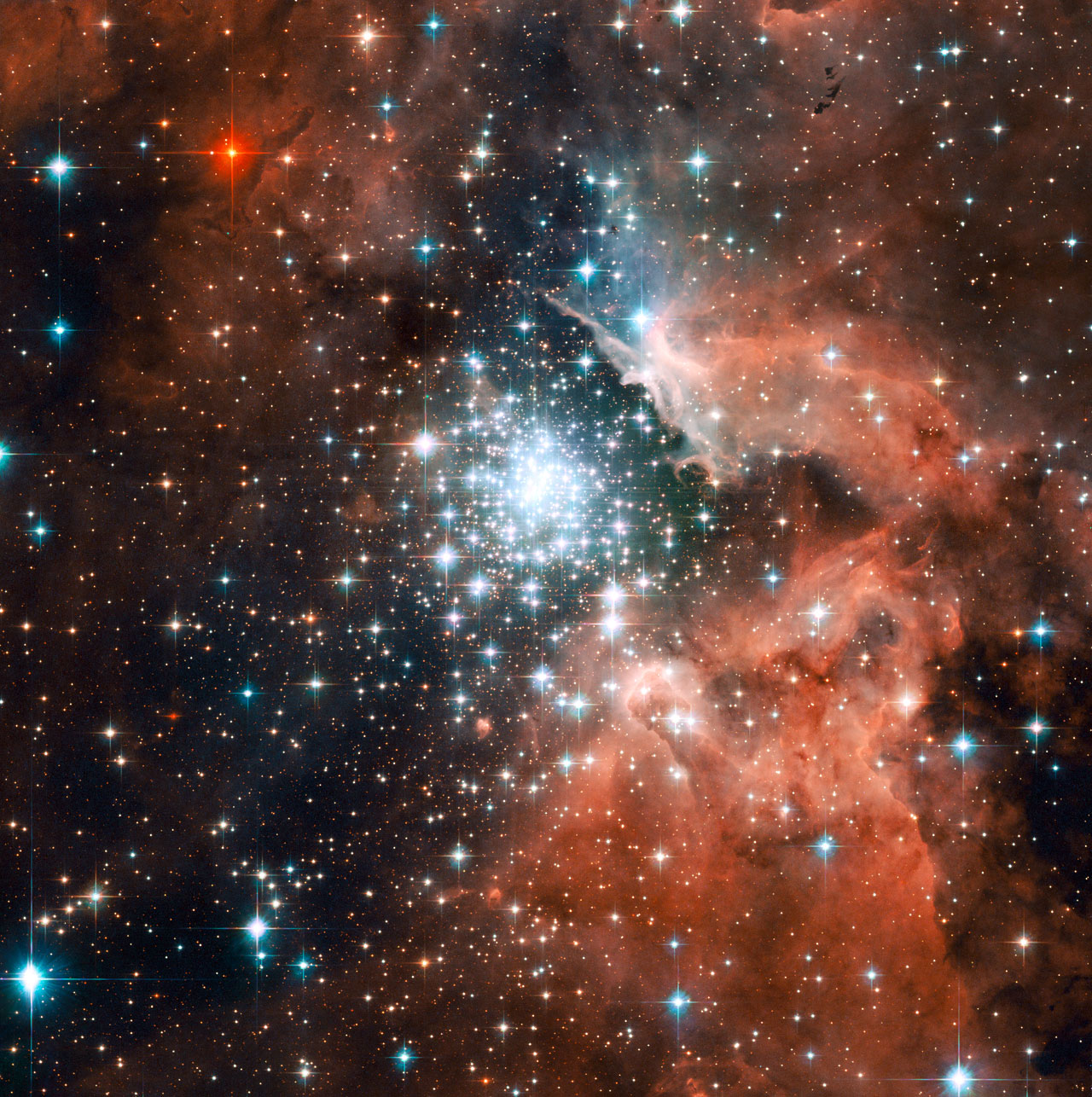
The star-forming region NGC 3603 - seen here in the latest Hubble Space Telescope image - contains one of the most impressive massive young star clusters in the Milky Way. Bathed in gas and dust the cluster formed in a huge rush of star formation thought to have occurred around a million years ago. The hot blue stars at the core are responsible for carving out a huge cavity in the gas seen to the right of the star cluster in NGC 3603's centre.
Credit:
NASA, ESA and the Hubble Heritage (STScI/AURA)-ESA/Hubble Collaboration

The barred spiral galaxy NGC 1672, showing up clusters of hot young blue stars along its spiral arms, and clouds of hydrogen gas glowing in red. Delicate curtains of dust partially obscure and redden the light of the stars behind them. NGC 1672's symmetric look is emphasised by the four principal arms, edged by eye-catching dust lanes that extend out from the centre.
Credit:
NASA, ESA
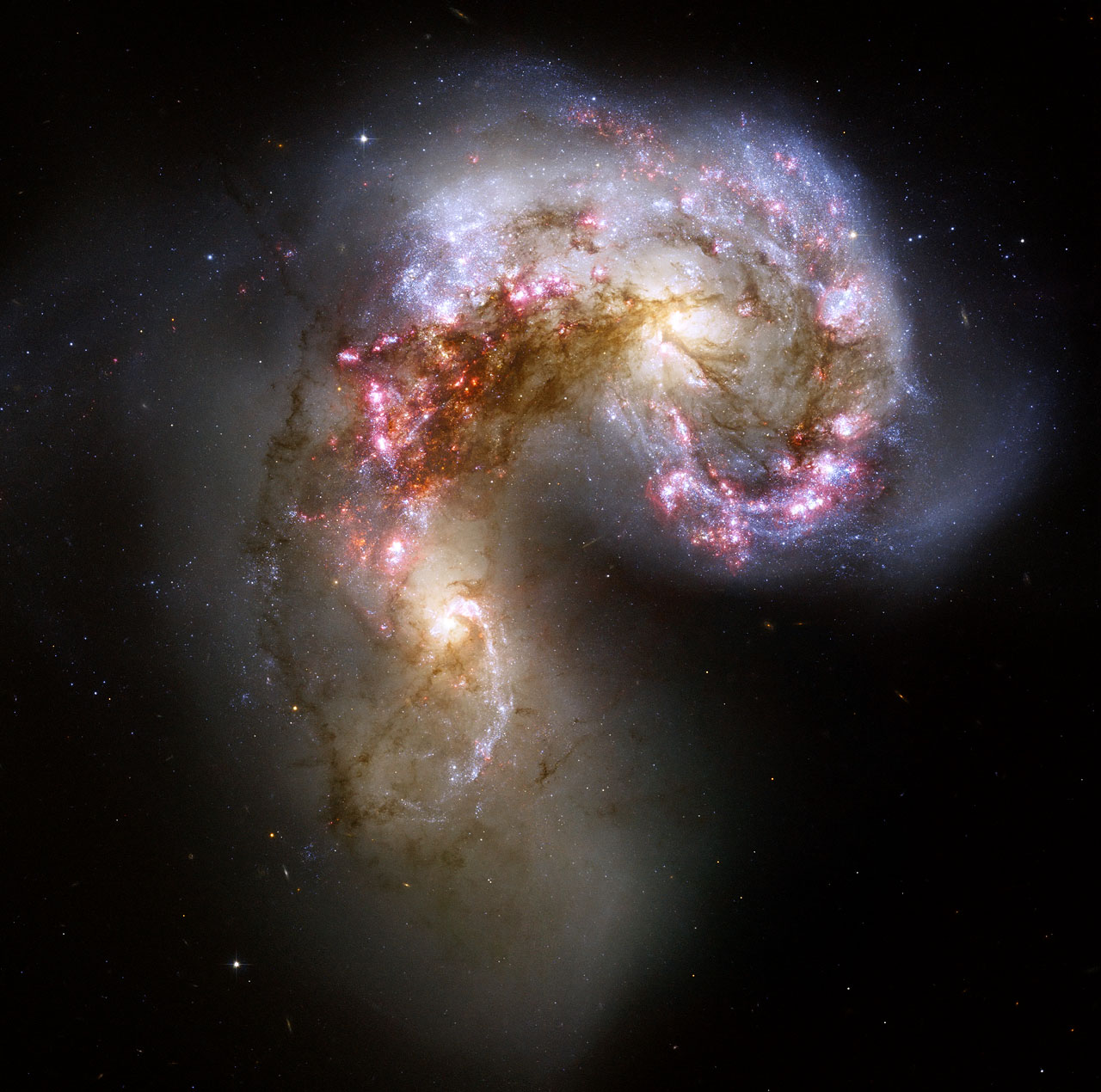
This Hubble image of the Antennae galaxies is the sharpest yet of this merging pair of galaxies. As the two galaxies smash together, billions of stars are born, mostly in groups and clusters of stars. The brightest and most compact of these are called super star clusters.
Credit:
Credit: NASA, ESA, and the Hubble Heritage Team STScI/AURA)-ESA/Hubble Collaboration. Acknowledgement: B. Whitmore ( Space Telescope Science Institute) and James Long (ESA/Hubble).

This stunning image of NGC 1275 was taken using the NASA/ESA Hubble Space Telescope's Advanced Camera for Surveys in July and August 2006. It provides amazing detail and resolution of the fragile filamentary structures, which show up as a reddish lacy structure surrounding the central bright galaxy NGC 1275. These filaments are cool despite being surrounded by gas that is around 55 million degrees Celsius hot. They are suspended in a magnetic field which maintains their structure and demonstrates how energy from the central black hole is transferred to the surrounding gas.
By observing the filamentary structure, astronomers were, for the first time, able to estimate the magnetic field's strength. Using this information they demonstrated how the extragalactic magnetic fields have maintained the structure of the filaments against collapse caused by either gravitational forces or the violence of the surrounding cluster during their 100-million-year lifetime.
This is the first time astronomers have been able to differentiate the individual threads making up such filaments to this degree. Astonishingly, they distinguished threads a mere 200 light-years across. By contrast, the filaments seen here can be a gaping 200 000 light-years long. The entire image is approximately 260 000 light-years across.
Also seen in the image are impressive lanes of dust from a separate spiral galaxy. It lies partly in front of the giant elliptical central cluster galaxy and has been completed disrupted by the tidal gravitational forces within the galaxy cluster. Several striking filaments of blue newborn stars are seen crossing the image.
Credit:
NASA, ESA and Andy Fabian (University of Cambridge, UK)

This dramatic image offers a peek inside a cavern of roiling dust and gas where thousands of stars are forming. The image, taken by the Advanced Camera for Surveys (ACS) aboard NASA/ESA Hubble Space Telescope, represents the sharpest view ever taken of this region, called the Orion Nebula. More than 3,000 stars of various sizes appear in this image. Some of them have never been seen in visible light. These stars reside in a dramatic dust-and-gas landscape of plateaus, mountains, and valleys that are reminiscent of the Grand Canyon.
The Orion Nebula is a picture book of star formation, from the massive, young stars that are shaping the nebula to the pillars of dense gas that may be the homes of budding stars. The bright central region is the home of the four heftiest stars in the nebula. The stars are called the Trapezium because they are arranged in a trapezoid pattern. Ultraviolet light unleashed by these stars is carving a cavity in the nebula and disrupting the growth of hundreds of smaller stars. Located near the Trapezium stars are stars still young enough to have disks of material encircling them. These disks are called protoplanetary disks or "proplyds" and are too small to see clearly in this image. The disks are the building blocks of solar systems.
The bright glow at upper left is from M43, a small region being shaped by a massive, young star's ultraviolet light. Astronomers call the region a miniature Orion Nebula because only one star is sculpting the landscape. The Orion Nebula has four such stars. Next to M43 are dense, dark pillars of dust and gas that point toward the Trapezium. These pillars are resisting erosion from the Trapezium's intense ultraviolet light. The glowing region on the right reveals arcs and bubbles formed when stellar winds - streams of charged particles ejected from the Trapezium stars - collide with material.
The faint red stars near the bottom are the myriad brown dwarfs that Hubble spied for the first time in the nebula in visible light. Sometimes called "failed stars," brown dwarfs are cool objects that are too small to be ordinary stars because they cannot sustain nuclear fusion in their cores the way our Sun does. The dark red column, below, left, shows an illuminated edge of the cavity wall.
The Orion Nebula is 1,500 light-years away, the nearest star-forming region to Earth. Astronomers used 520 Hubble images, taken in five colours, to make this picture. They also added ground-based photos to fill out the nebula. The ACS mosaic covers approximately the apparent angular size of the full moon.
The Orion observations were taken between 2004 and 2005.
Credit:
NASA, ESA, M. Robberto ( Space Telescope Science Institute/ESA) and the Hubble Space Telescope Orion Treasury Project Team
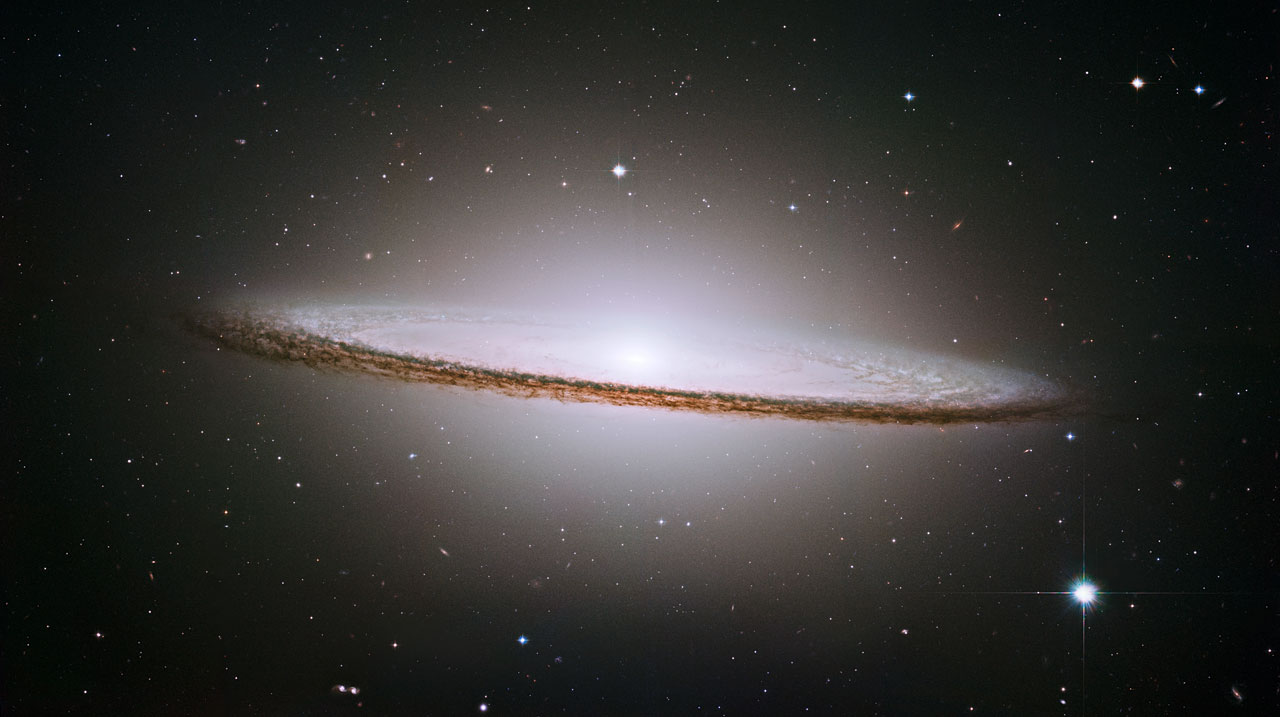
NASA/ESA Hubble Space Telescope has trained its razor-sharp eye on one of the universe's most stately and photogenic galaxies, the Sombrero galaxy, Messier 104 (M104). The galaxy's hallmark is a brilliant white, bulbous core encircled by the thick dust lanes comprising the spiral structure of the galaxy. As seen from Earth, the galaxy is tilted nearly edge-on. We view it from just six degrees north of its equatorial plane. This brilliant galaxy was named the Sombrero because of its resemblance to the broad rim and high-topped Mexican hat.
At a relatively bright magnitude of +8, M104 is just beyond the limit of naked-eye visibility and is easily seen through small telescopes. The Sombrero lies at the southern edge of the rich Virgo cluster of galaxies and is one of the most massive objects in that group, equivalent to 800 billion suns. The galaxy is 50,000 light-years across and is located 28 million light-years from Earth.
Credit:
NASA/ESA and The Hubble Heritage Team STScI/AURA)
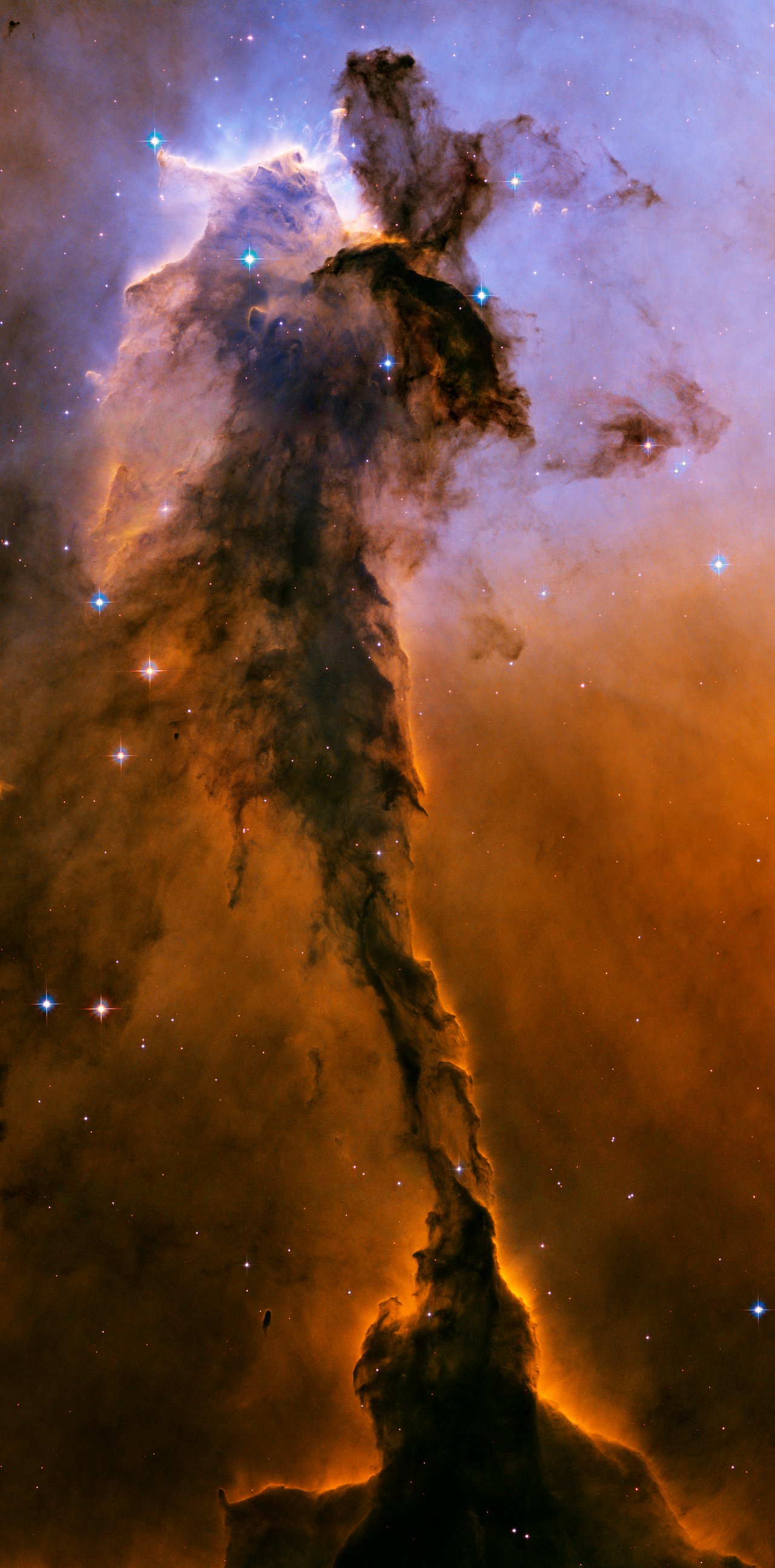
Appearing like a winged fairy-tale creature poised on a pedestal, this object is actually a billowing tower of cold gas and dust rising from a stellar nursery called the Eagle Nebula. The soaring tower is 9.5 light-years or about 90 trillion kilometres high, about twice the distance from our Sun to the next nearest star.
Stars in the Eagle Nebula are born in clouds of cold hydrogen gas that reside in chaotic neighbourhoods, where energy from young stars sculpts fantasy-like landscapes in the gas. The tower may be a giant incubator for those newborn stars. A torrent of ultraviolet light from a band of massive, hot, young stars [off the top of the image] is eroding the pillar.
The starlight also is responsible for illuminating the tower's rough surface. Ghostly streamers of gas can be seen boiling off this surface, creating the haze around the structure and highlighting its three-dimensional shape. The column is silhouetted against the background glow of more distant gas.
The edge of the dark hydrogen cloud at the top of the tower is resisting erosion, in a manner similar to that of brush among a field of prairie grass that is being swept up by fire. The fire quickly burns the grass but slows down when it encounters the dense brush. In this celestial case, thick clouds of hydrogen gas and dust have survived longer than their surroundings in the face of a blast of ultraviolet light from the hot, young stars.
Inside the gaseous tower, stars may be forming. Some of those stars may have been created by dense gas collapsing under gravity. Other stars may be forming due to pressure from gas that has been heated by the neighbouring hot stars.
The first wave of stars may have started forming before the massive star cluster began venting its scorching light. The star birth may have begun when denser regions of cold gas within the tower started collapsing under their own weight to make stars.
The bumps and fingers of material in the centre of the tower are examples of these stellar birthing areas. These regions may look small but they are roughly the size of our solar system. The fledgling stars continued to grow as they fed off the surrounding gas cloud. They abruptly stopped growing when light from the star cluster uncovered their gaseous cradles, separating them from their gas supply.
Ironically, the young cluster's intense starlight may be inducing star formation in some regions of the tower. Examples can be seen in the large, glowing clumps and finger-shaped protrusions at the top of the structure. The stars may be heating the gas at the top of the tower and creating a shock front, as seen by the bright rim of material tracing the edge of the nebula at top, left. As the heated gas expands, it acts like a battering ram, pushing against the darker cold gas. The intense pressure compresses the gas, making it easier for stars to form. This scenario may continue as the shock front moves slowly down the tower.
The dominant colours in the image were produced by gas energized by the star cluster's powerful ultraviolet light. The blue colour at the top is from glowing oxygen. The red colon in the lower region is from glowing hydrogen. The Eagle Nebula image was taken in November 2004 with the Advanced Camera for Surveys aboard the NASA/ESA Hubble Space Telescope.
Credit:
NASA, ESA, and The Hubble Heritage Team STScI/AURA)
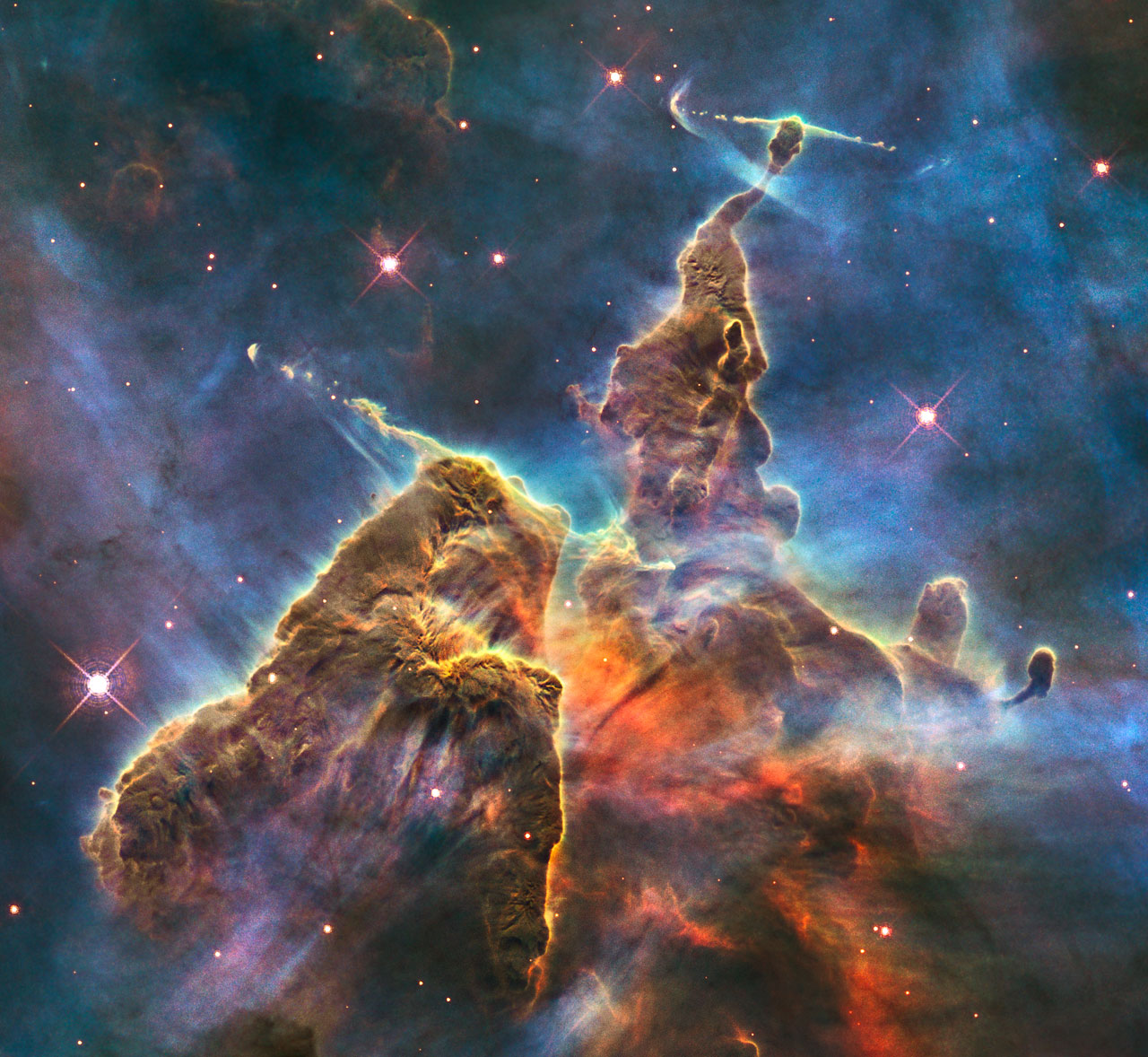
This craggy fantasy mountaintop enshrouded by wispy clouds looks like a bizarre landscape from Tolkien’s The Lord of the Rings. The NASA/ESA Hubble Space Telescope image, which is even more dramatic than fiction, captures the chaotic activity atop a pillar of gas and dust, three light-years tall, which is being eaten away by the brilliant light from nearby bright stars. The pillar is also being assaulted from within, as infant stars buried inside it fire off jets of gas that can be seen streaming from towering peaks.
This turbulent cosmic pinnacle lies within a tempestuous stellar nursery called the Carina Nebula, located 7500 light-years away in the southern constellation of Carina. The image celebrates the 20th anniversary of Hubble's launch and deployment into an orbit around the Earth.
Scorching radiation and fast winds (streams of charged particles) from super-hot newborn stars in the nebula are shaping and compressing the pillar, causing new stars to form within it. Streamers of hot ionised gas can be seen flowing off the ridges of the structure, and wispy veils of gas and dust, illuminated by starlight, float around its towering peaks. The denser parts of the pillar are resisting being eroded by radiation.
Nestled inside this dense mountain are fledgling stars. Long streamers of gas can be seen shooting in opposite directions from the pedestal at the top of the image. Another pair of jets is visible at another peak near the centre of the image. These jets, (known as HH 901 and HH 902, respectively, are signposts for new star birth and are launched by swirling gas and dust discs around the young stars, which allow material to slowly accrete onto the stellar surfaces.
Hubble’s Wide Field Camera 3 observed the pillar on 1-2 February 2010. The colours in this composite image correspond to the glow of oxygen (blue), hydrogen and nitrogen (green), and sulphur (red).
Credit:
NASA, ESA, M. Livio and the Hubble 20th Anniversary Team (STScI)
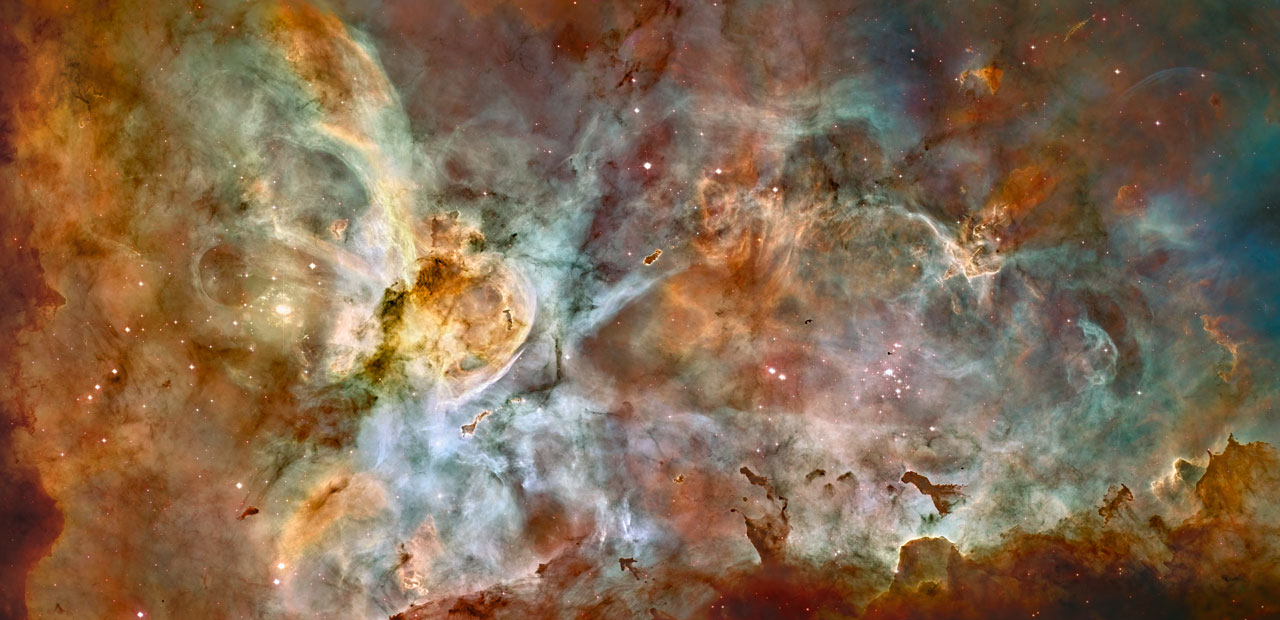
Hubble's view of the Carina Nebula shows star birth in a new level of detail. The fantasy-like landscape of the nebula is sculpted by the action of outflowing winds and scorching ultraviolet radiation from the monster stars that inhabit this inferno. In the process, these stars are shredding the surrounding material that is the last vestige of the giant cloud from which the stars were born.
The immense nebula is an estimated 7,500 light-years away in the southern constellation Carina the Keel (of the old southern constellation Argo Navis, the ship of Jason and the Argonauts, from Greek mythology).
This image is a mosaic of the Carina Nebula assembled from 48 frames taken with Hubble Space Telescope's Advanced Camera for Surveys. The Hubble images were taken in the light of ionized hydrogen. Colour information was added with data taken at the Cerro Tololo Inter-American Observatory in Chile. Red corresponds to sulfur, green to hydrogen, and blue to oxygen emission.
Credit:
NASA, ESA, N. Smith (University of California, Berkeley), and The Hubble Heritage Team (STScI/AURA)
_________________
Friends are like diamonds and diamonds are forever.
Together we stand - Divided we fall. |
|
| Back to top |
|
 |
Duke of Buckingham [TeaM]
Prince

Joined: 11 Jun 2011
Posts: 670
Location: Lisboa
|
 Posted: Thu Jun 14, 2012 4:51 am Post subject: Posted: Thu Jun 14, 2012 4:51 am Post subject: |
 |
|
[CENTER]
Mount Bromo, Indonesia
Photograph by Helminadia Caryati
This Month in Photo of the Day: Traveler Contest Images
Taken in the morning at Mount Bromo, East Java, Indonesia

Portrait, Brazil
Photograph by Geralyn Shukwit
This Month in Photo of the Day: Traveler Contest Images
Christiane, a child of the "roofless" movement in Salvador, Brazil. A beautiful spirit living a life not hers by choice, but she brings love and light to all around her.

Svartifoss, Iceland
Photograph by Giacomo Ciangottini
This Month in Photo of the Day: Traveler Contest Images
Svartifoss (Black Fall) is surrounded by the dark lava columns that gave rise to its name. The hexagonal columns were formed inside a lava flow that cooled extremely slowly, giving rise to crystallization. Skaftafell National Park, Iceland.

Monkeys, Indonesia
Photograph by Suhaimi Abdullah
This Month in Photo of the Day: Traveler Contest Images
The wild offspring stares while the elders rummage through a pile of rubbish for food in Tawangmangu, Solo, Indonesia.

Rio de Janeiro, Brazil
Photograph by Ignazio Sciacca
This Month in Photo of the Day: Traveler Contest Images
After spending two months in the beautiful city of Rio de Janeiro with carioca people, samba, and lots of caipirinhas, finally there was a perfect day to go up to Sugarloaf Mountain and take this picture.

Petra, Jordan
Photograph by Bhaven Jani
This Month in Photo of the Day: Traveler Contest Images
Petra, the magical ancient land in Jordan, turns almost mystical by night. Candle lamps guide visitors down the mile-long Siq, and when you reach Al Khazneh, it is overwhelming to see this sight. People are gathered around these candles spread out in front of the Treasury while musicians play soulful music.

Buick, Cuba
Photograph by James Kao
This Month in Photo of the Day: Traveler Contest Images
The National Highway in Cuba has many stretches where you will not see another car for miles. Then when you do see one, it is an old classic like this 1950s Buick, which looks at home on the open road with the Cuban landscape of fields and mountains in the distance.

Claustral Canyon, Australia
Photograph by Carsten Peter, National Geographic
This Month in Photo of the Day: Adventure and Exploration Photos
Veteran guide John Robens (at far left) leads a soggy team through a moss-covered passage in Claustral Canyon, a few hours' hike from their exit point. Canyoneering is all about the serendipity of discovery, he says. "You walk for miles and suddenly you find yourself in this magical spot."

Mountain Biker, South Africa
Photograph by Guy Anderson, Your Shot
This Month in Photo of the Day: Adventure and Exploration Photos
The town of Hilton in South Africa is known for its misty weather, which came out in full force for an annual mountain bike classic. The unusually wet winter's day challenged competitors with muddy tracks, low visibility, and an icy wind. I battled to just keep my camera dry, and after failing to obtain sharp images through the haze, I took a step back and framed this shot, which captures the adventurous rider tackling the harsh environment.

Salar de Uyuni, Bolivia
Photograph by George Steinmetz, National Geographic
This Month in Photo of the Day: Adventure and Exploration Photos
On the eastern margin of Salar de Uyuni in Bolivia, expedition cars attempt to cross the flats after flooding from heavy March rains.[/CENTER]
_________________
Friends are like diamonds and diamonds are forever.
Together we stand - Divided we fall. |
|
| Back to top |
|
 |
Duke of Buckingham [TeaM]
Prince

Joined: 11 Jun 2011
Posts: 670
Location: Lisboa
|
 Posted: Mon Jul 09, 2012 8:58 am Post subject: Posted: Mon Jul 09, 2012 8:58 am Post subject: |
 |
|
USA best Pictures.
Alaska
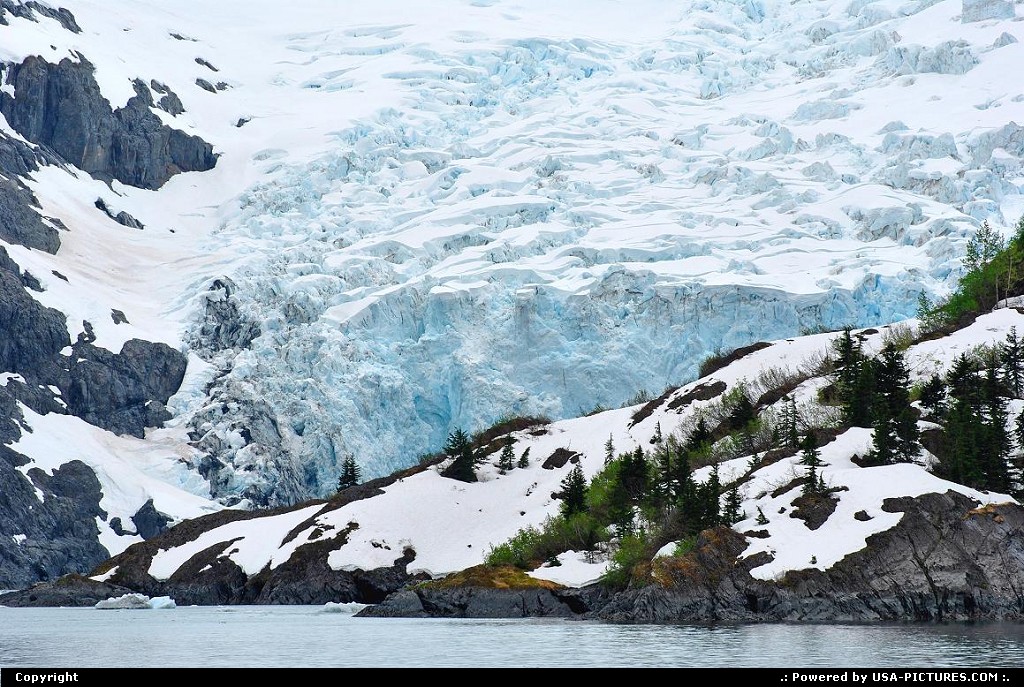
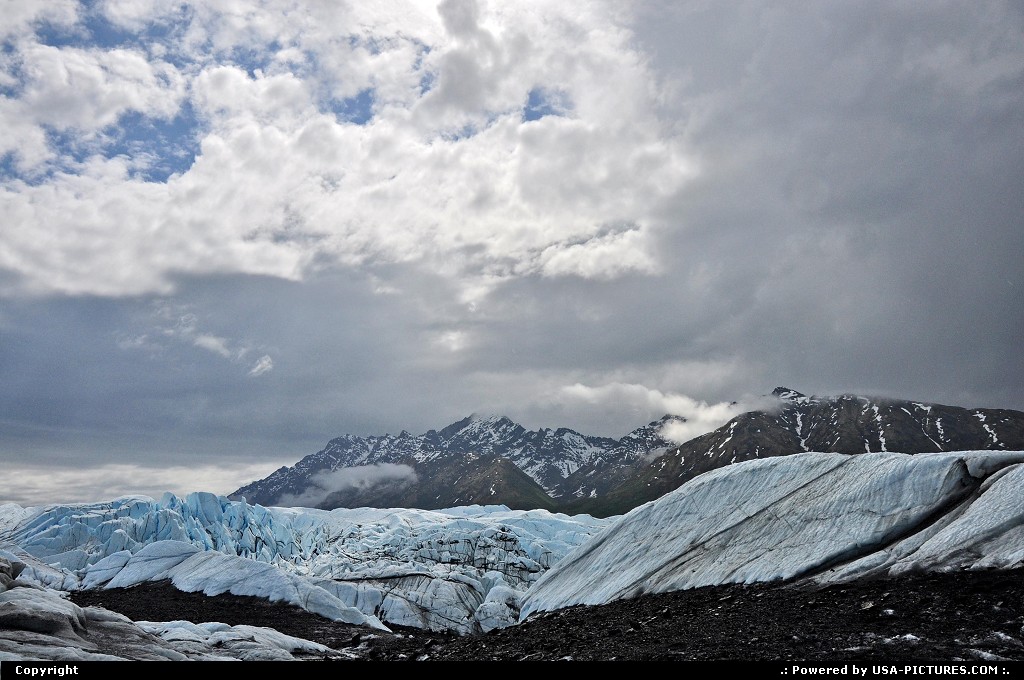
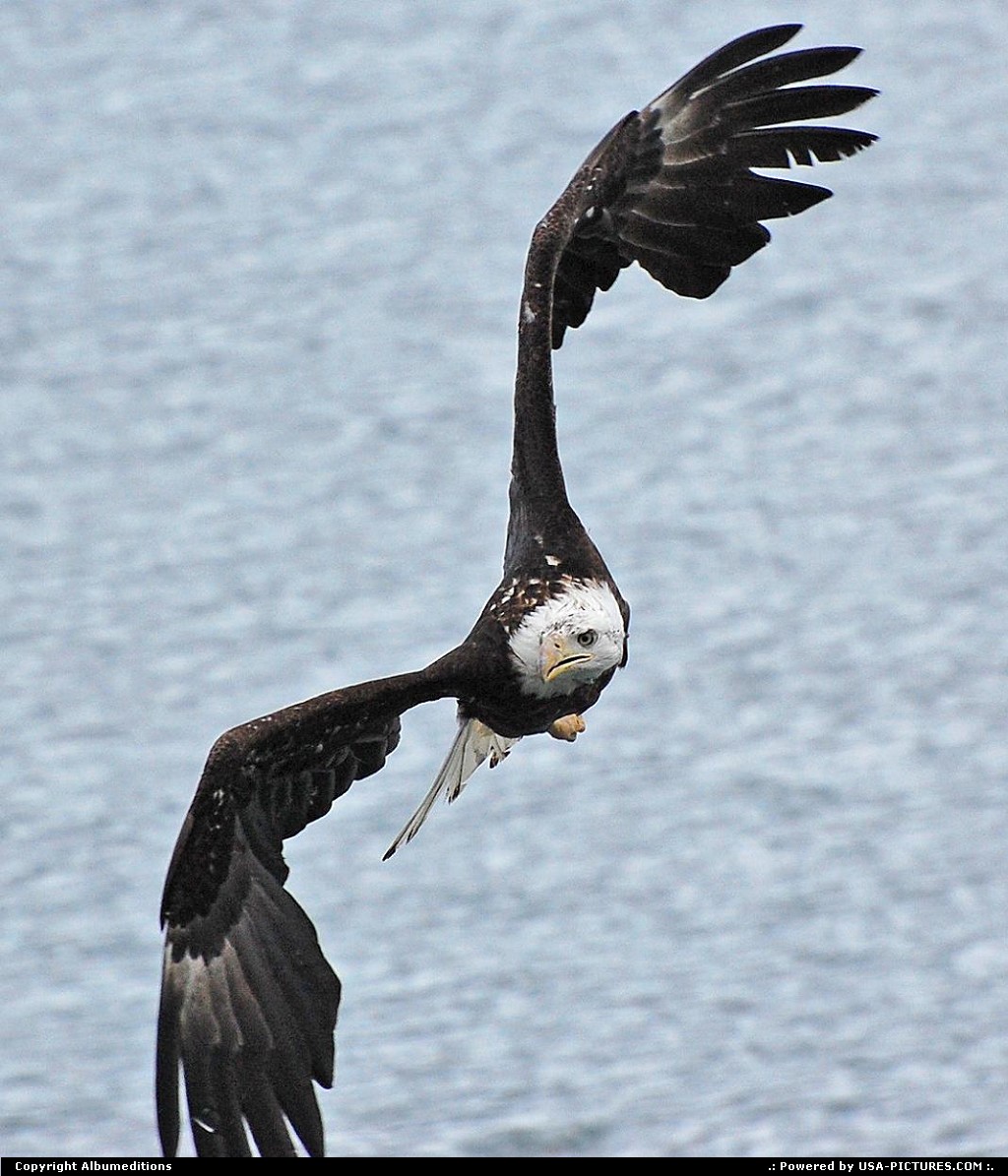

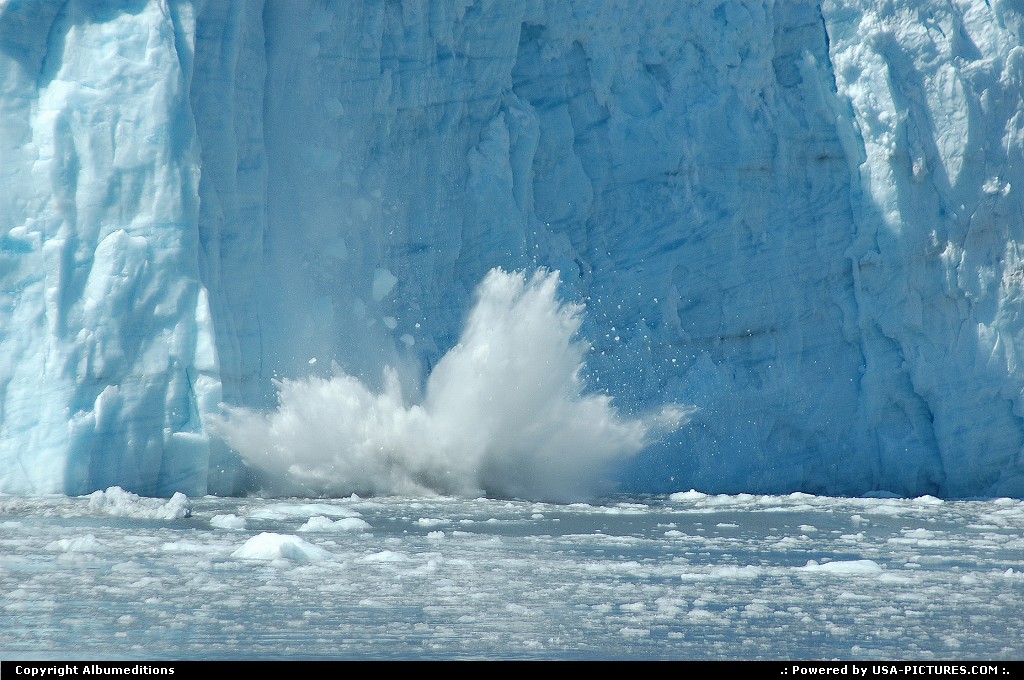
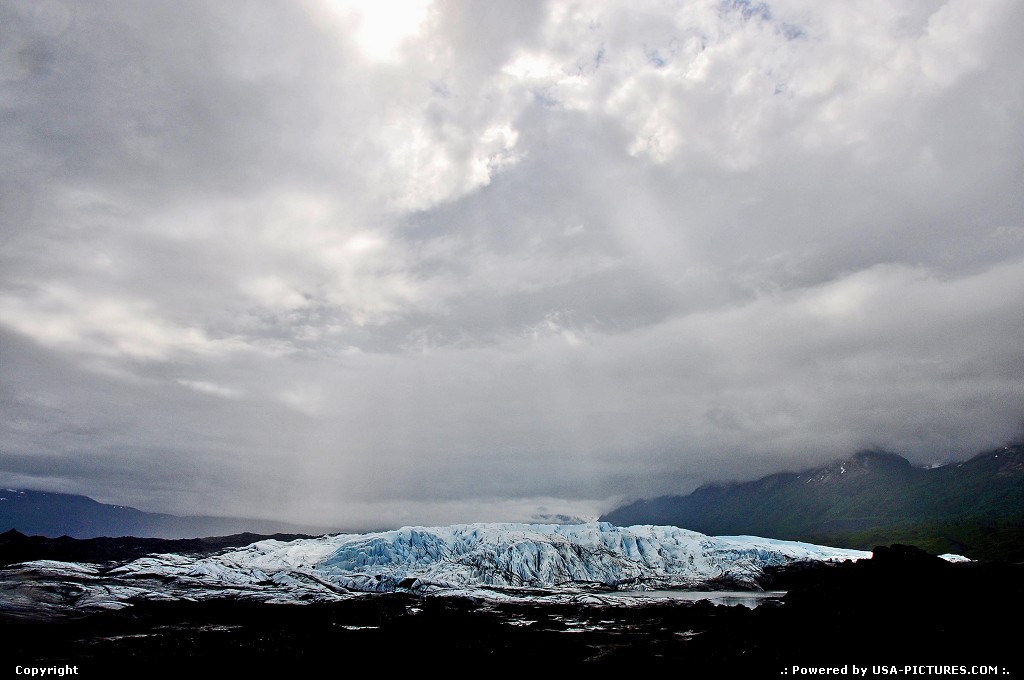
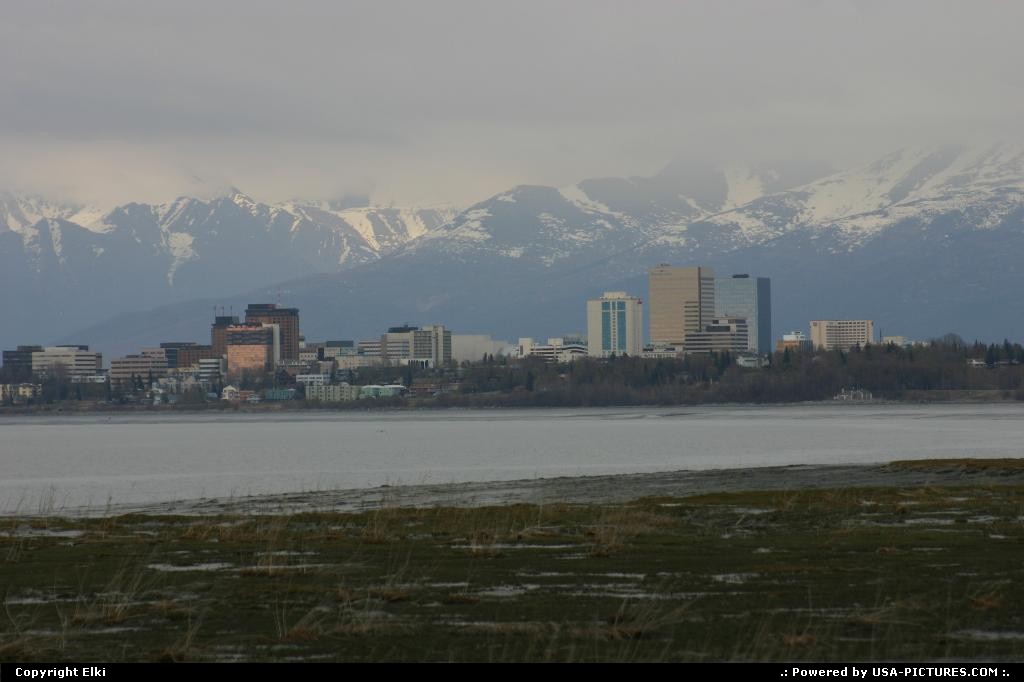

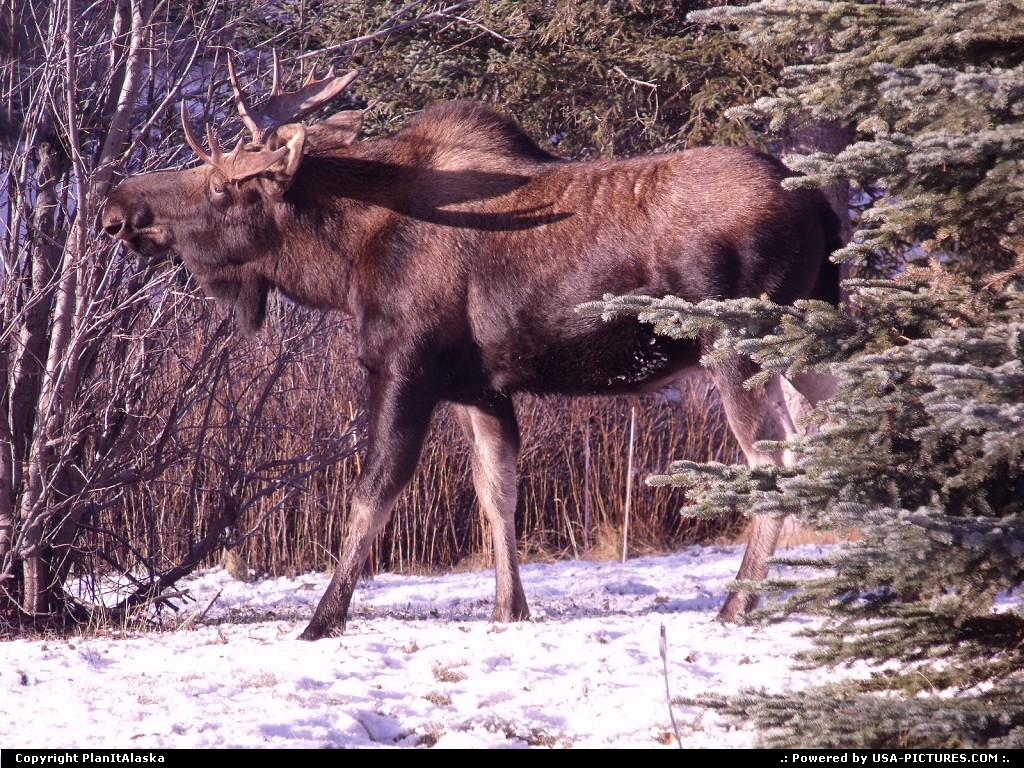
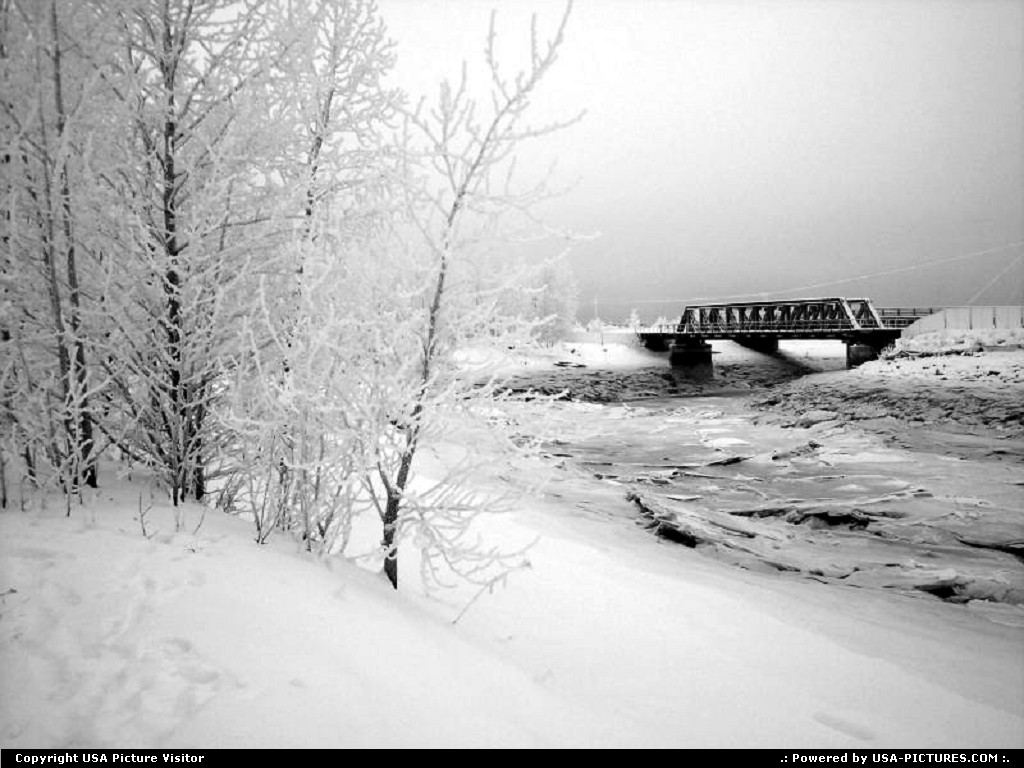
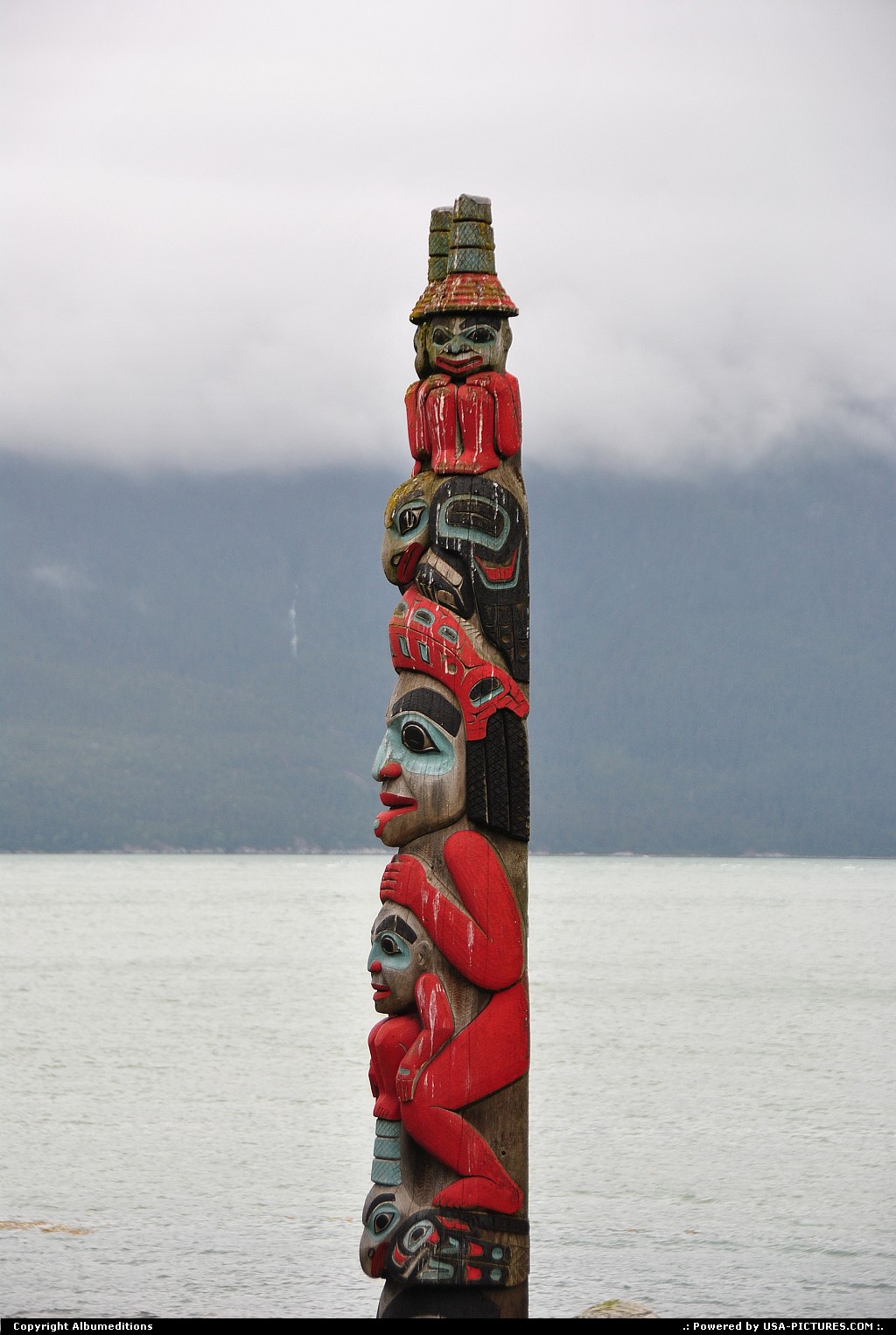
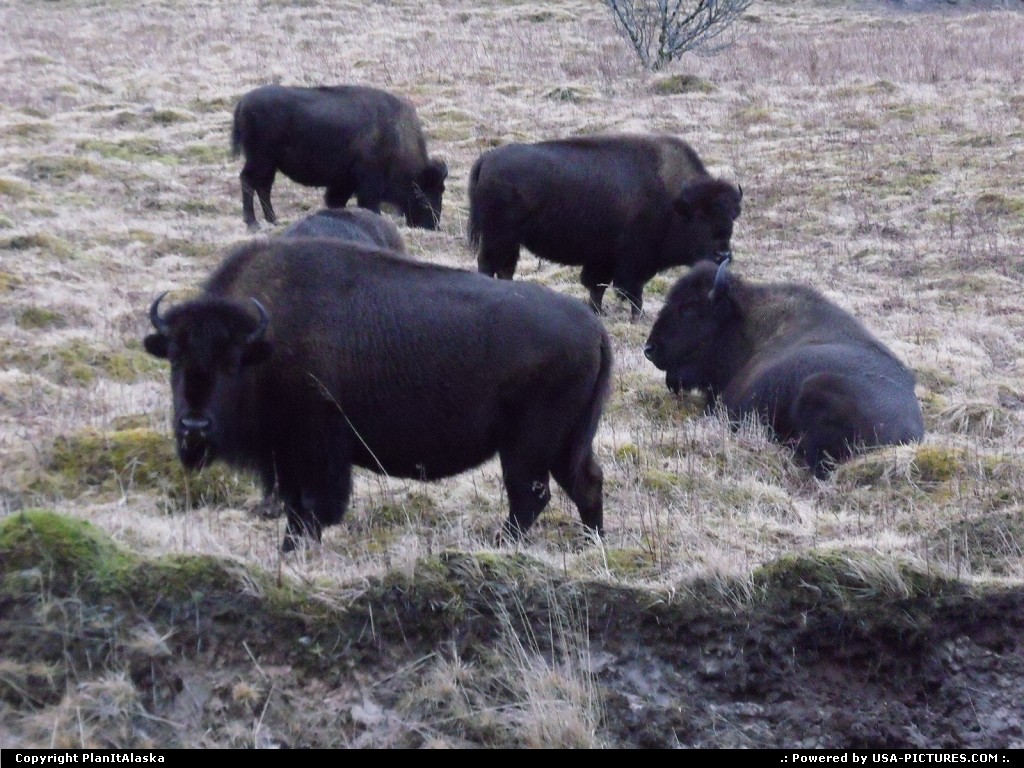

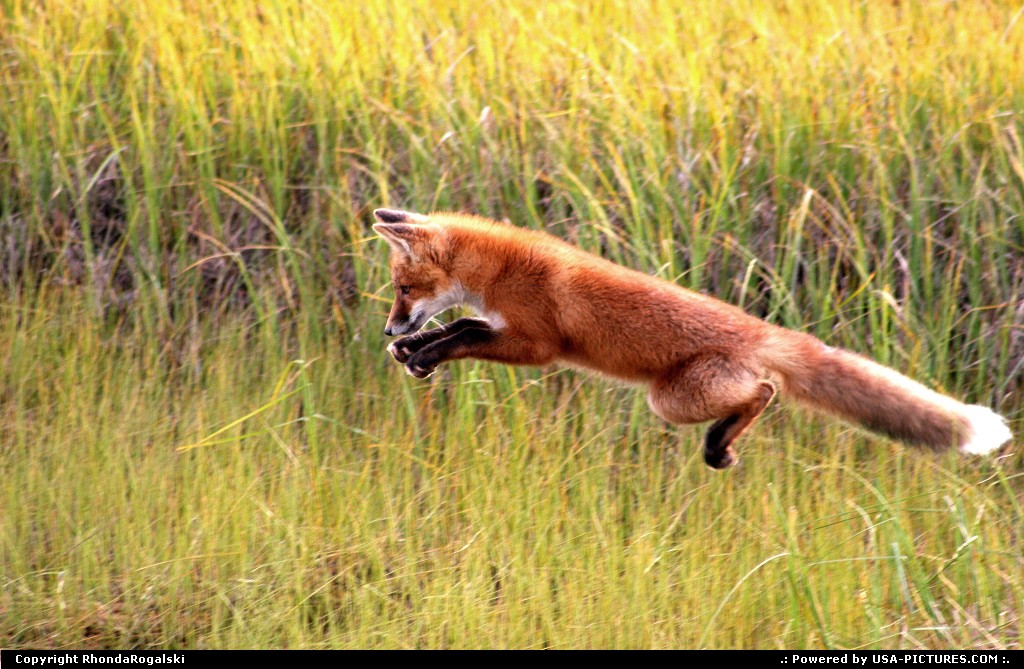

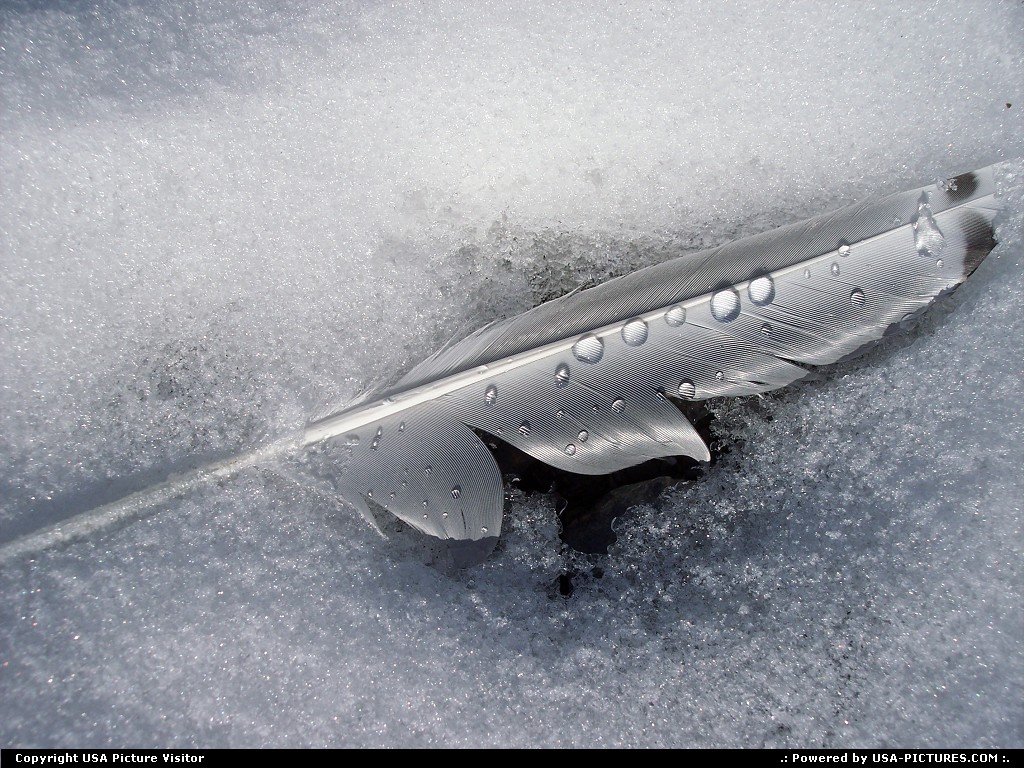


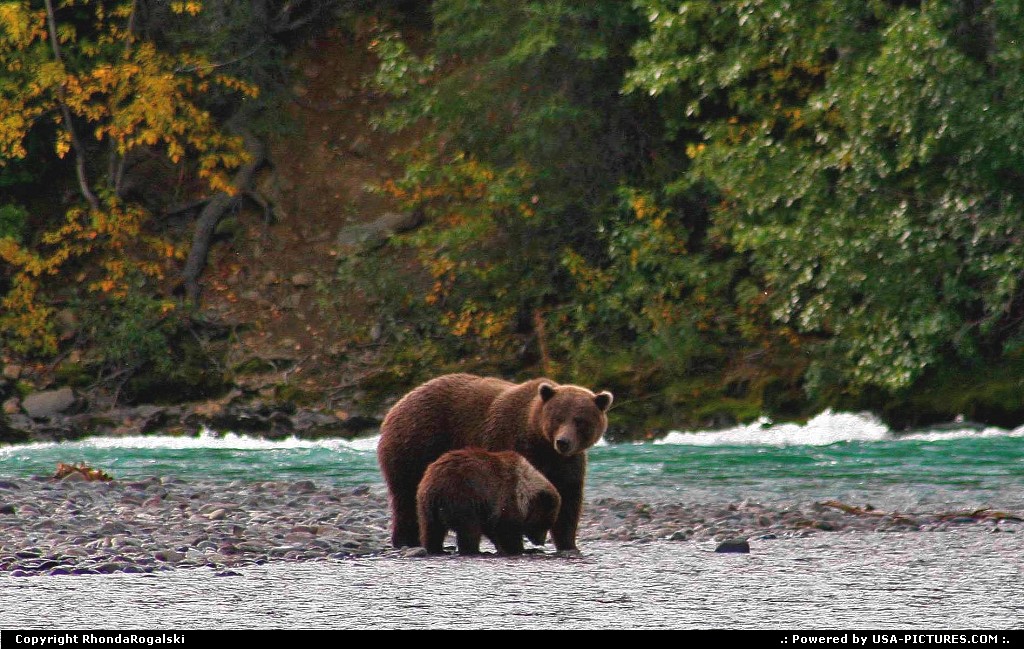
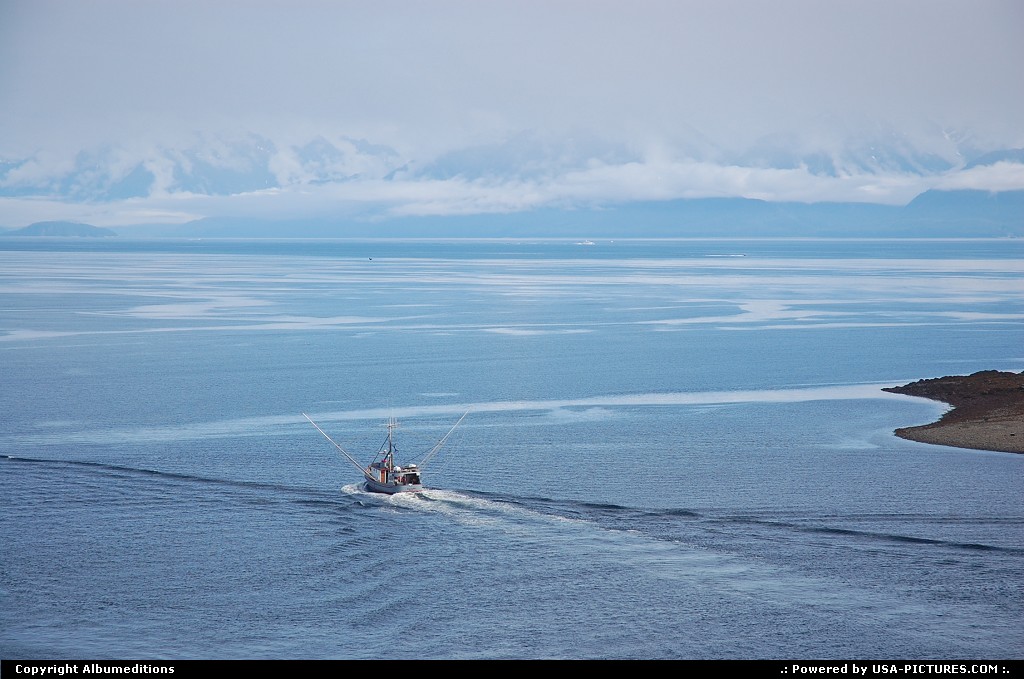

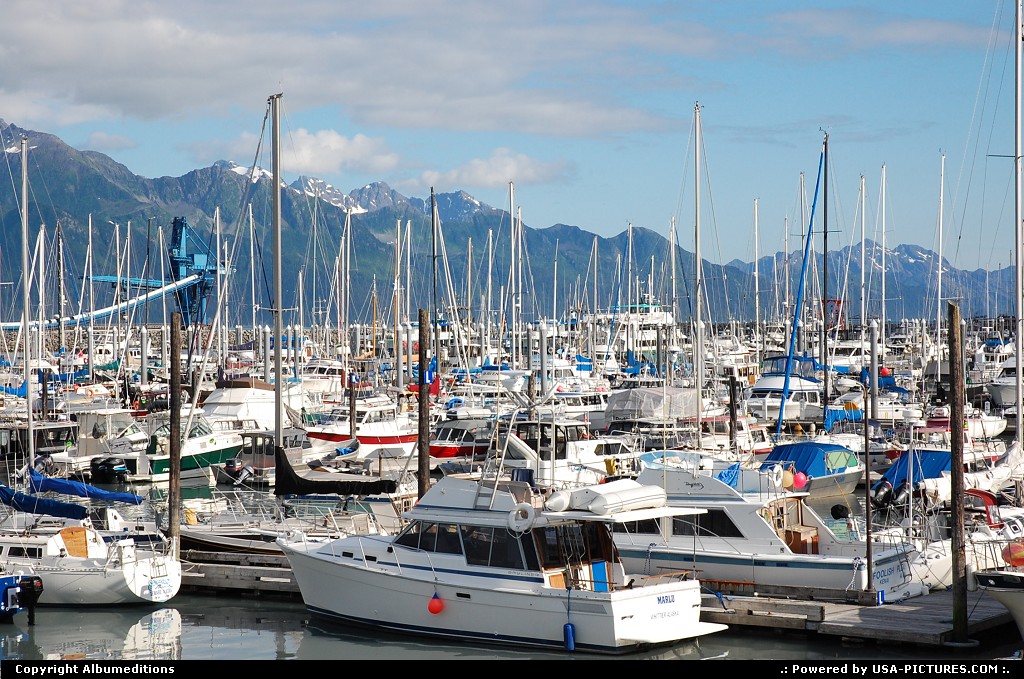
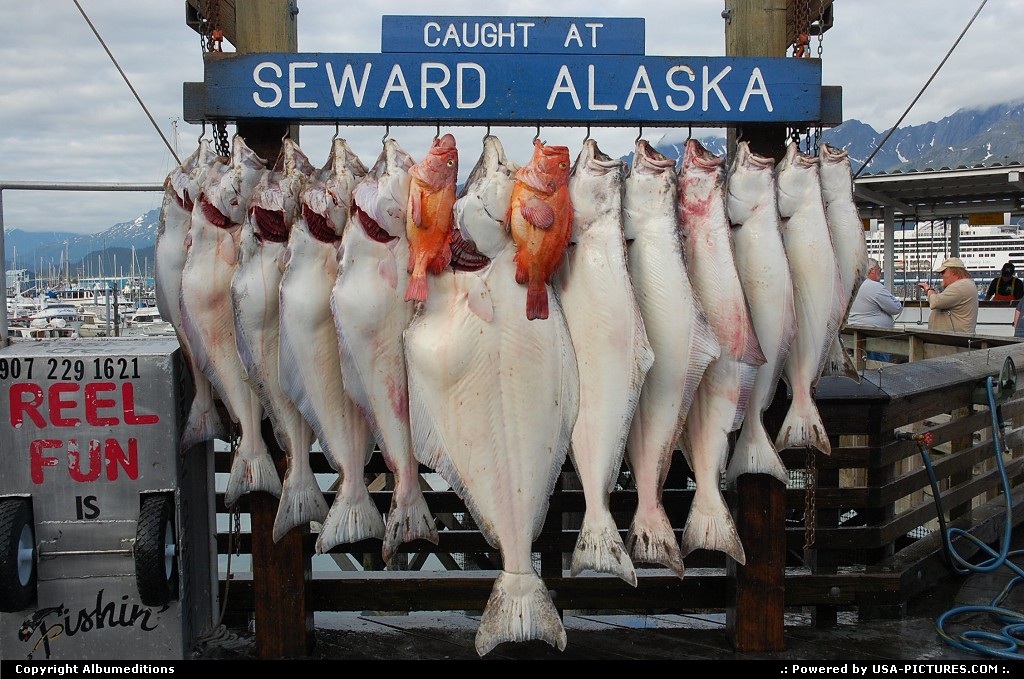
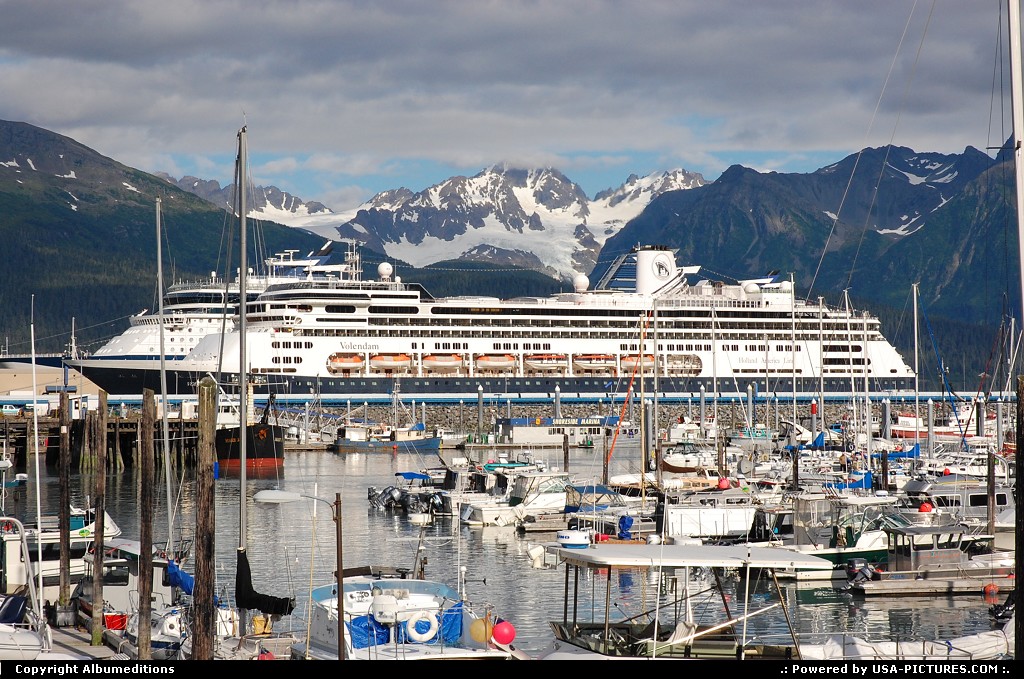

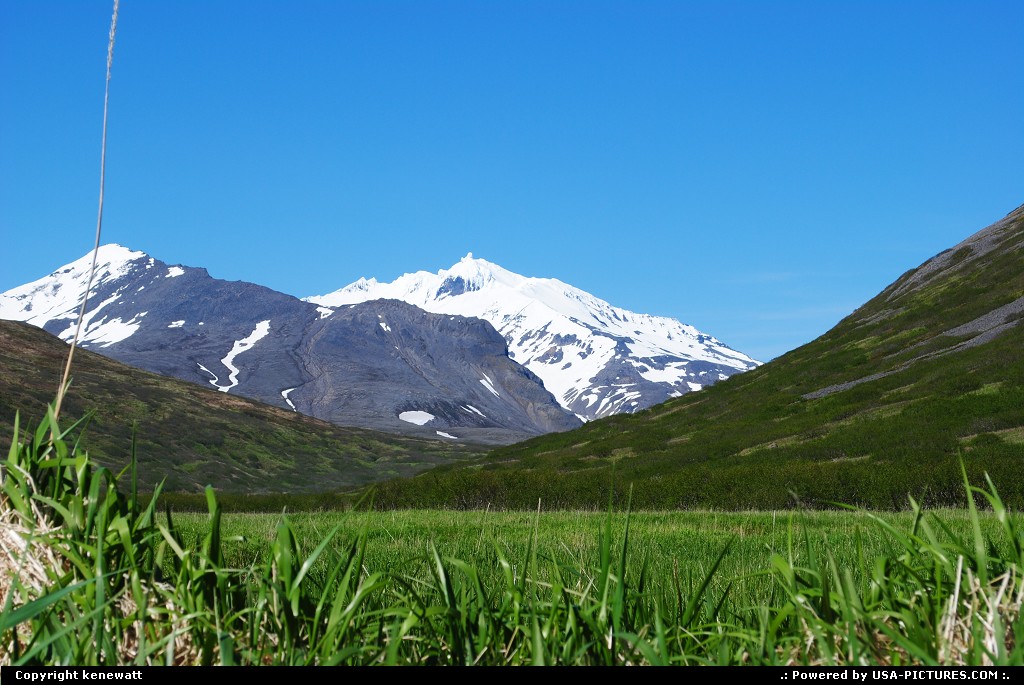
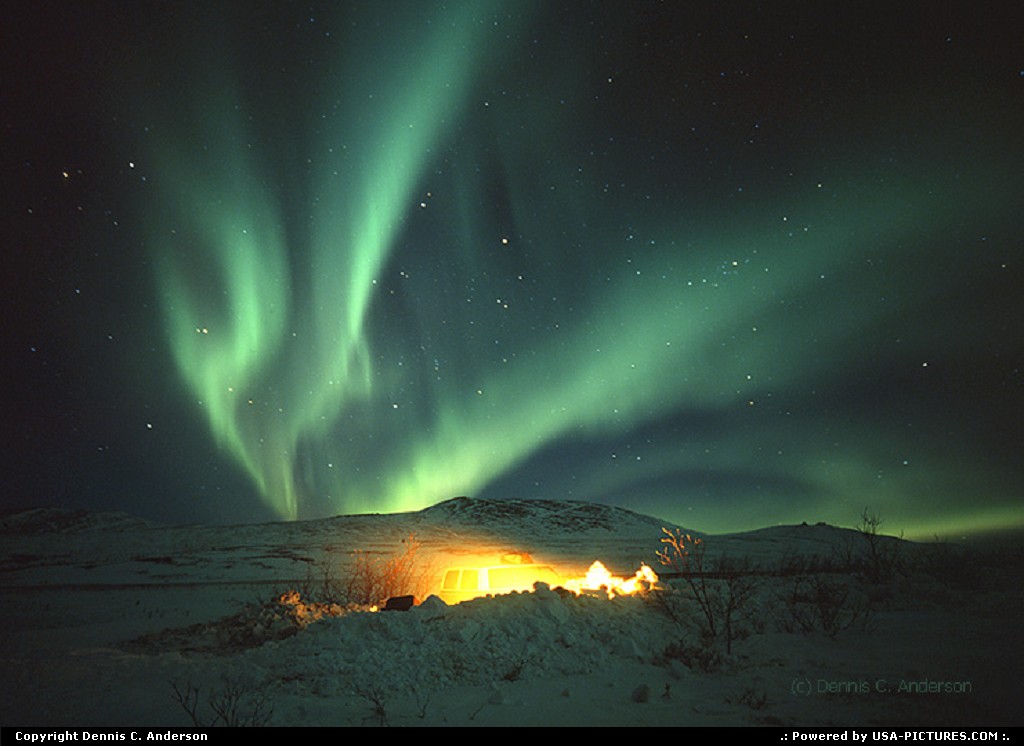
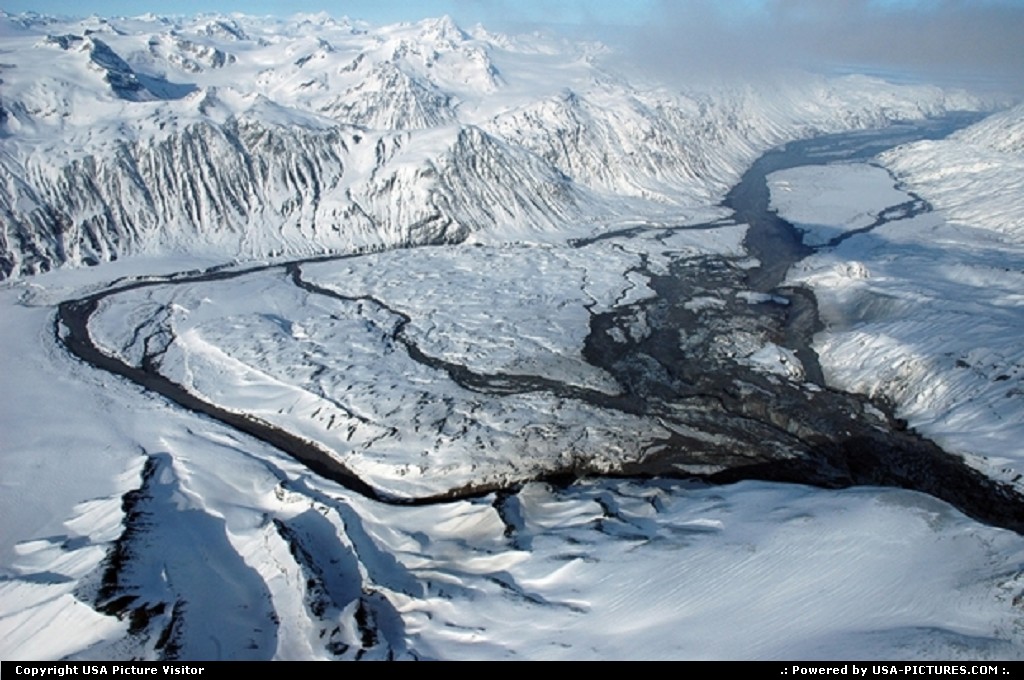
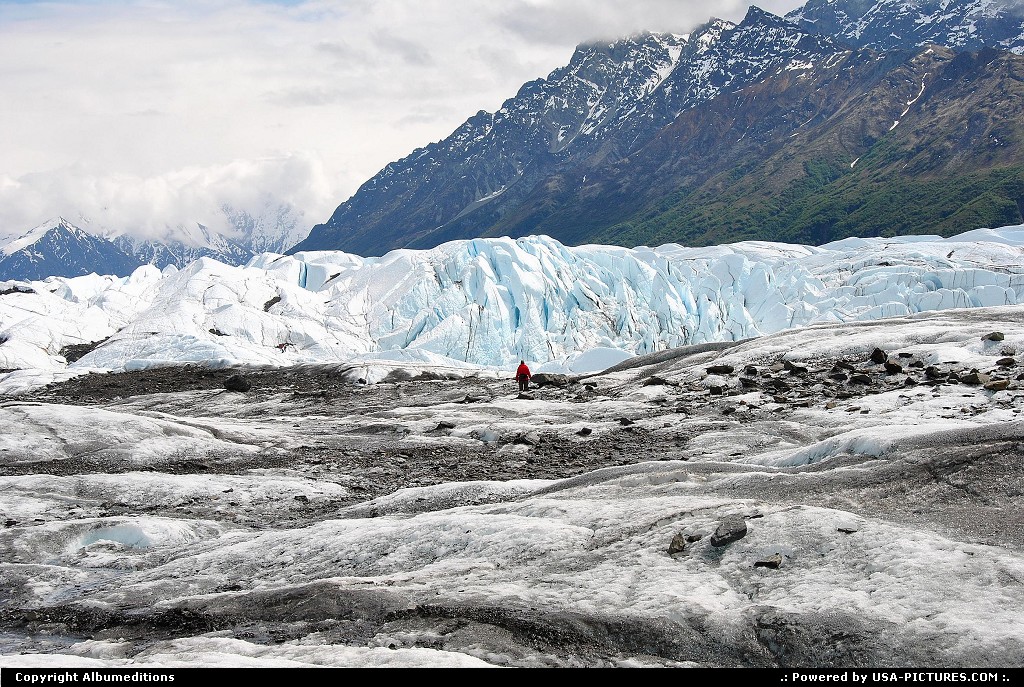

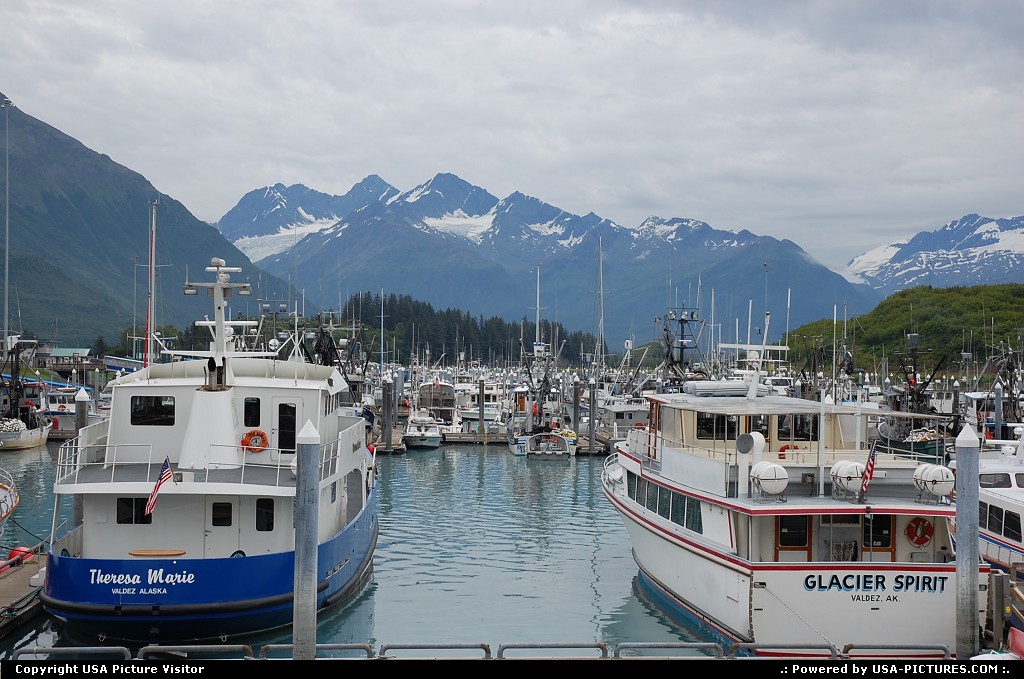

Duke
_________________
Friends are like diamonds and diamonds are forever.
Together we stand - Divided we fall. |
|
| Back to top |
|
 |
Duke of Buckingham [TeaM]
Prince

Joined: 11 Jun 2011
Posts: 670
Location: Lisboa
|
|
| Back to top |
|
 |
|
|
You cannot post new topics in this forum
You cannot reply to topics in this forum
You cannot edit your posts in this forum
You cannot delete your posts in this forum
You cannot vote in polls in this forum
|
|













































































































































